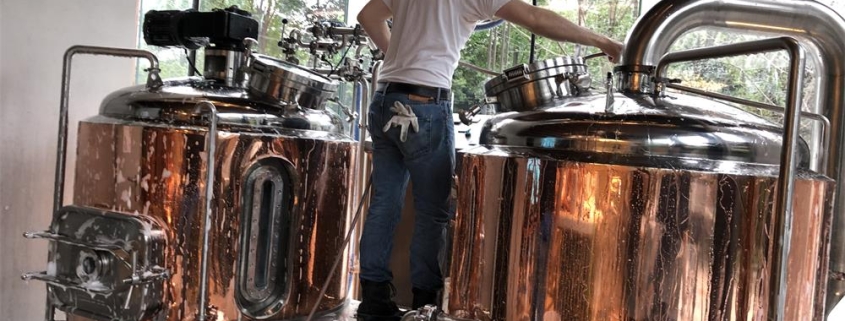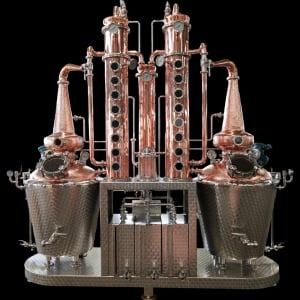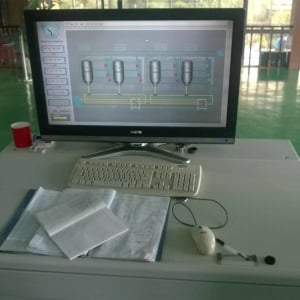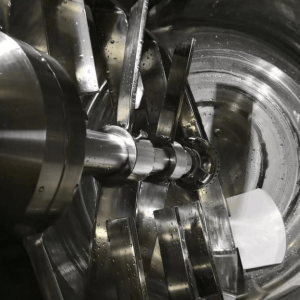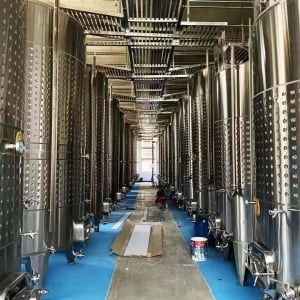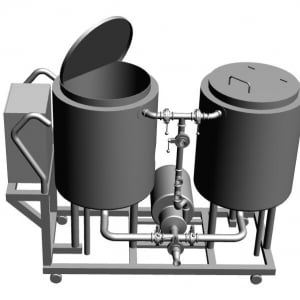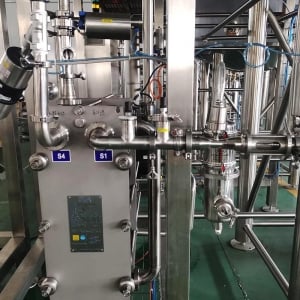Small Brewery Equipment
Starting a small brewery can be an exhilarating adventure, whether you’re an experienced brewer or a passionate enthusiast. Understanding the ins and outs of small brewery equipment is crucial for setting up a successful operation. This guide dives deep into the world of small brewery equipment, offering an SEO-optimized, engaging, and detailed look at everything you need to know. We’ll cover everything from the types of equipment you’ll need to the brewing process, as well as supplier considerations and comparisons. Let’s get brewing!
Overview of Small Brewery Equipment
Small brewery equipment encompasses the various tools and machinery used in the beer brewing process on a smaller scale compared to commercial operations. This equipment is designed to accommodate smaller batches, making it perfect for craft breweries, home brewers looking to scale up, and small-scale commercial operations.
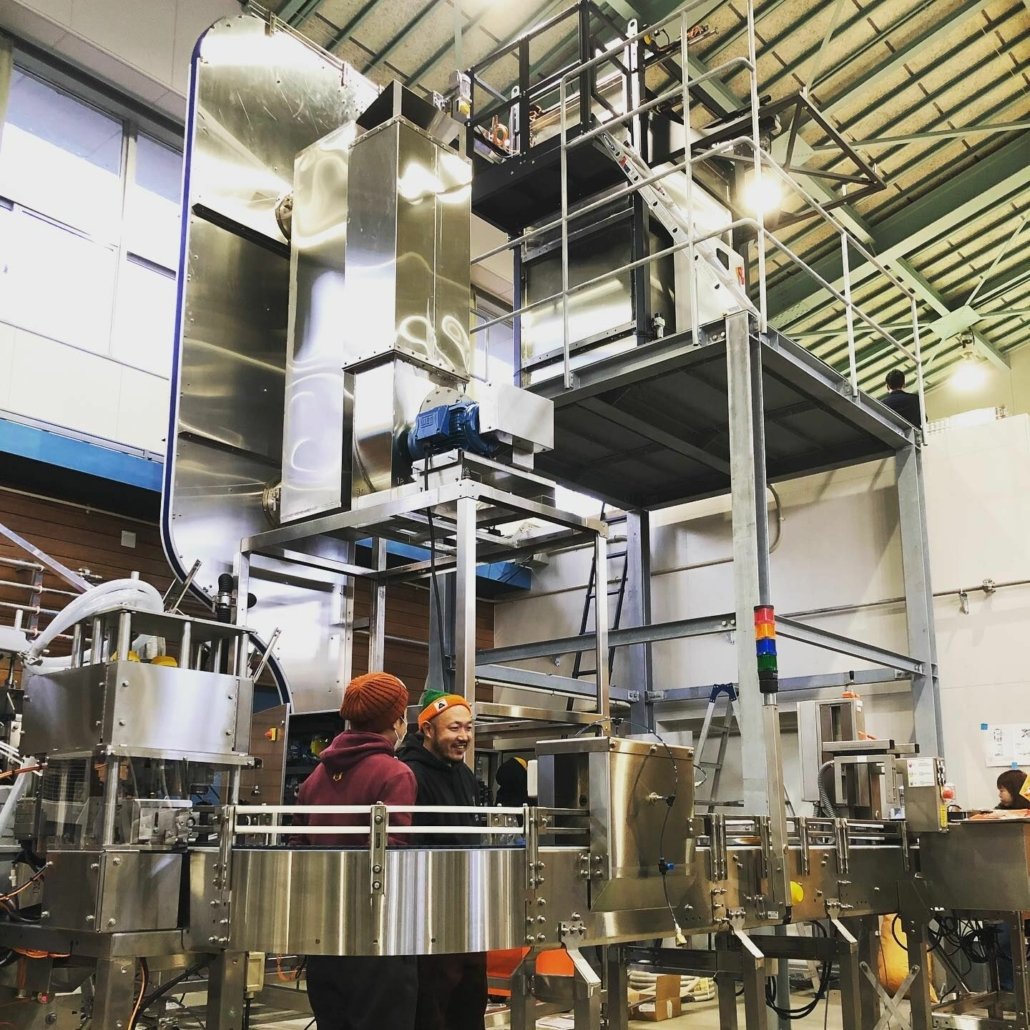
Essential Equipment for Small Breweries
To produce high-quality beer, you’ll need a range of specialized equipment. Here’s a breakdown of the essential pieces:
- Brewing Kettle: This is where the magic begins. The brewing kettle is used to boil the wort (unfermented beer), and it’s crucial for extracting flavors from the malt and hops.
- Mash Tun: This vessel is used for the mashing process, where the malted barley is mixed with hot water to convert starches into fermentable sugars.
- Fermentation Tanks: These tanks are where the wort is fermented with yeast to produce alcohol and carbon dioxide.
- Cooling System: After boiling, the wort needs to be rapidly cooled to a temperature suitable for fermentation. This is typically done using a heat exchanger or immersion chiller.
- Storage Tanks: Once fermented, the beer is transferred to storage tanks where it matures and develops its final flavor.
- Cleaning Equipment: Maintaining a clean environment is essential for producing quality beer. Cleaning equipment includes CIP (Clean-in-Place) systems, hoses, and sanitizers.
Types of Small Brewery Equipment
| Equipment Type | Description |
|---|---|
| Brewing Kettle | Large pot used to boil the wort with hops, which adds flavor and stability to the beer. |
| Mash Tun | Insulated vessel where crushed grains are mixed with hot water to convert starches into sugars. |
| Fermentation Tank | Tanks where yeast is added to the wort to ferment sugars into alcohol and CO2. |
| Cooling System | Equipment to quickly cool the wort after boiling, typically using a heat exchanger or chiller. |
| Storage Tanks | Vessels used to store and age beer after fermentation. |
| Cleaning System | Equipment for cleaning and sanitizing brewery equipment to maintain hygiene and quality. |
Brewing Process: From Start to Finish
Brewing beer is both an art and a science. Here’s a detailed look at the brewing process:
- Mashing: The first step involves mixing malted barley with hot water in the mash tun. This process converts the starches in the grain into fermentable sugars, creating a sugary liquid called wort.
- Boiling: The wort is then transferred to the brewing kettle and boiled. During the boil, hops are added at various stages to impart bitterness, flavor, and aroma to the beer.
- Cooling: After boiling, the wort needs to be cooled quickly to a temperature suitable for fermentation. This is usually done with a heat exchanger or immersion chiller.
- Fermentation: The cooled wort is transferred to fermentation tanks where yeast is added. The yeast ferments the sugars in the wort, producing alcohol and carbon dioxide. This stage can take anywhere from a few days to several weeks, depending on the type of beer being brewed.
- Conditioning and Maturation: After fermentation, the beer is transferred to storage tanks where it matures. This process allows the flavors to develop and mellow. Depending on the beer style, this can take from a few weeks to several months.
- Packaging: Once the beer has matured, it’s ready for packaging. This can be done in bottles, cans, or kegs, depending on the brewery’s preference and distribution method.
Capacity, Space, Design, and Customization
| Aspect | Details |
|---|---|
| Capacity | Small breweries typically have capacities ranging from a few barrels (BBLs) to 20 BBLs. |
| Space | The required space varies based on the scale, but a small brewery might need anywhere from 500 to 2000 square feet. |
| Design | Efficient design is crucial for workflow; consider modular systems that can grow with your brewery. |
| Customization | Many suppliers offer customizable equipment to fit specific brewing needs and space constraints. |
Suppliers and Price Range
| Supplier | Price Range |
|---|---|
| Brewmation | $50,000 – $150,000 |
| Ss Brewtech | $10,000 – $100,000 |
| PicoBrew | $2,000 – $20,000 |
| Blichmann Engineering | $5,000 – $50,000 |
| Alpha Brewing Operations | $25,000 – $200,000 |
Installation, Operation, and Maintenance
| Stage | Details |
|---|---|
| Installation | Installation can be complex and might require professional help. Ensure all connections are secure and equipment is properly calibrated. |
| Operation | Operators need to be trained on each piece of equipment. Familiarize yourself with all manuals and safety protocols. |
| Maintenance | Regular maintenance is crucial. This includes routine cleaning, checking for wear and tear, and replacing parts as needed. |
Choosing the Right Supplier
| Criteria | Details |
|---|---|
| Reputation | Look for suppliers with good reviews and a history of reliability. |
| Support | Ensure the supplier offers robust customer support and training. |
| Customization | Check if the supplier can customize equipment to meet your specific needs. |
| Warranty | A good warranty can save money in the long run by covering repairs and replacements. |
| Price | Compare prices, but also consider the value and quality of the equipment being offered. |
Advantages and Limitations of Small Brewery Equipment
| Advantages | Limitations |
|---|---|
| Scalability: Easy to scale up production as demand grows. | Initial Cost: High upfront investment compared to home brewing equipment. |
| Quality Control: Better control over the brewing process and quality. | Space Requirements: Requires significant space for setup and operation. |
| Customization: Equipment can be tailored to specific brewing needs. | Complexity: Operation and maintenance require a steep learning curve. |
| Efficiency: Designed to maximize efficiency and minimize waste. | Maintenance: Regular maintenance is essential to ensure longevity and performance. |
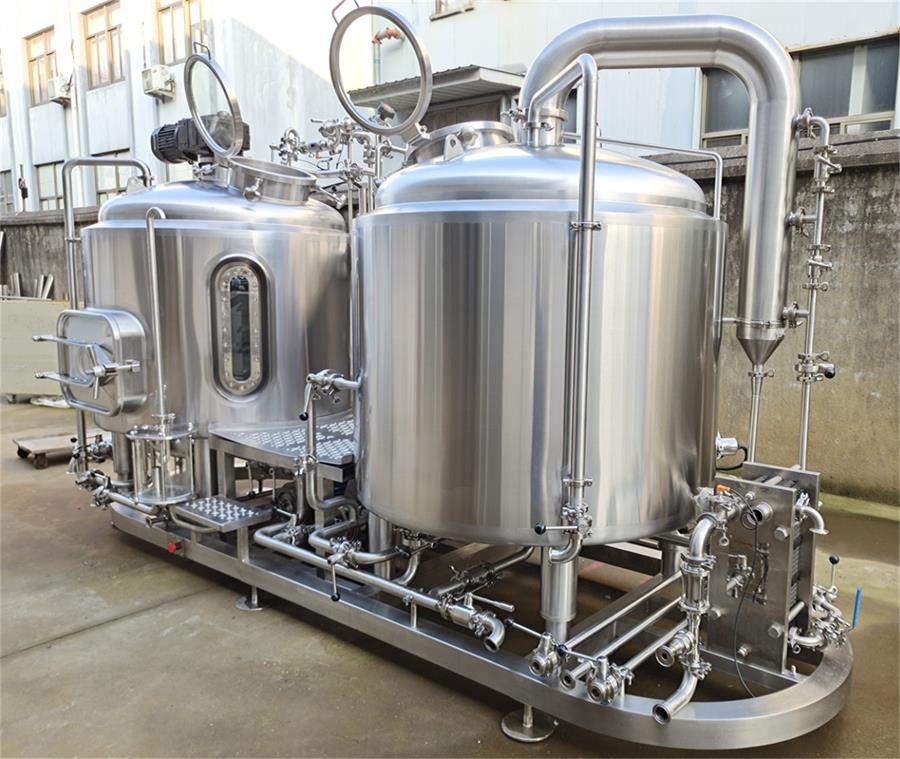
FAQs
| Question | Answer |
|---|---|
| What size brewery equipment should I start with? | It depends on your production goals. For small craft breweries, starting with 3-5 BBL systems is common. |
| How much does small brewery equipment cost? | Costs can range from $10,000 for basic setups to $200,000 for more advanced systems. |
| Can I customize my brewery equipment? | Yes, many suppliers offer customization options to fit your specific brewing needs and space constraints. |
| What kind of maintenance is required? | Regular cleaning, inspection for wear and tear, and replacement of parts as needed. |
| Do I need professional installation? | Professional installation is recommended to ensure all equipment is set up correctly and safely. |
| How do I choose the right supplier? | Consider factors like reputation, support, customization options, warranty, and price. |
Conclusion
Starting a small brewery is a significant undertaking, but with the right equipment and knowledge, it can be a highly rewarding venture. From understanding the essential brewing equipment to choosing the right supplier and maintaining your gear, this guide provides a comprehensive look at what it takes to set up a successful small brewery. Remember, brewing is as much about passion and creativity as it is about precision and quality. So, equip yourself well, keep learning, and enjoy the journey of crafting your unique brews.

